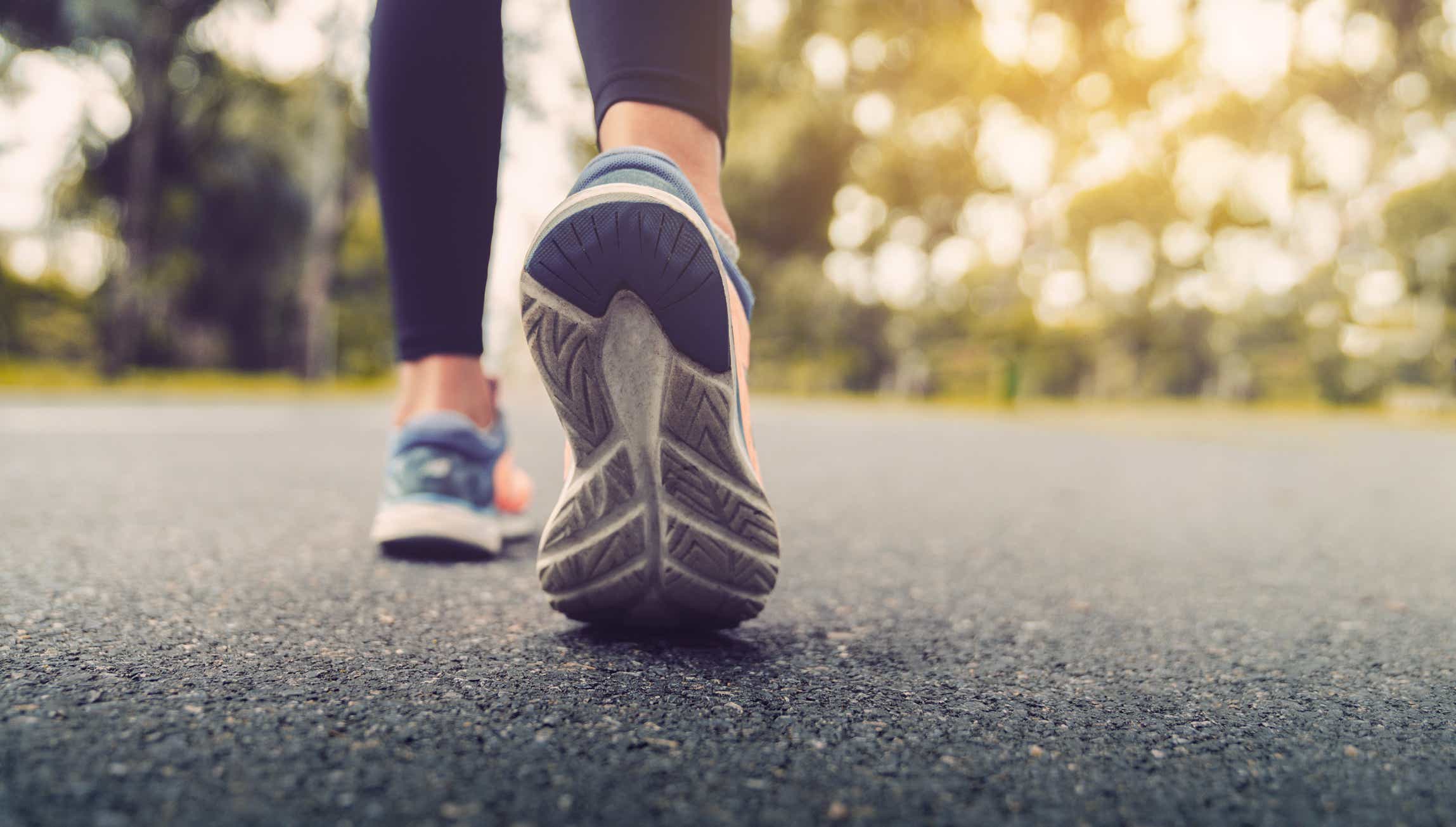You might want to pick up the pace: There’s new research that shows that some signs of aging might be slowed down simply by walking faster.
A new study published in the journal Communications Biology found that boosting your average walking speed can slow certain signs of aging by as much as 16 years by midlife. "In this study we used information contained in people's genetic profile to show that a faster walking pace is indeed likely to lead to a younger biological age as measured by telomeres," Tom Yates, senior author of the study said in a press release.
To help you step your momentum, we’re breaking down the latest findings and what they mean for you.
What did the study find?
Researchers discovered that adults in their mid-50s who made a habit out of walking at a brisk pace had longer telomeres than their slower counterparts. As Insider notes, these key markers of cellular health become shorter as we age, leading to certain age-related illnesses like cancer and Alzheimer's disease.
Just how fast of a walk are we talking? While the study defined the pace as walking more than three miles per hour, the benefits were specifically linked to intensity rather than the total number of steps taken or the walk’s duration. Another study in The Lancet medical journal found that taking around 7,000 steps is just as beneficial for your health.
What are the benefits of walking faster?
Picking up the pace offers several health benefits: It helps maintain healthy body weight, increases endurance, strengthens your bones and muscles, and prevents many conditions like heart disease.
But no matter your speed, getting in at least 30 minutes of walking every day can boost your overall health, and even eases stress and depression. But you don’t have to get your steps done all at once: The Mayo Clinic recommends breaking your walk up throughout the day, such as three 10-minute walks.
How should you improve your walking overall?
Speed isn't the only thing to consider when it comes to your striding style: Another important element is your posture. That includes standing up straight, avoiding leaning forward or back, making sure you’re keeping your eyes focused forward, and relaxing your jaw to avoid overall tension in your body. That'll all help you move forward faster.
Feel like you can't get any speedier than you are now? If you want to walk more quickly, avoid taking longer steps when speeding up and instead just take more steps. As Verywell Fit emphasizes, “your forward foot should strike closer to your body.” Now there's nothing stopping you from leaving all those other pedestrians in the dust.









